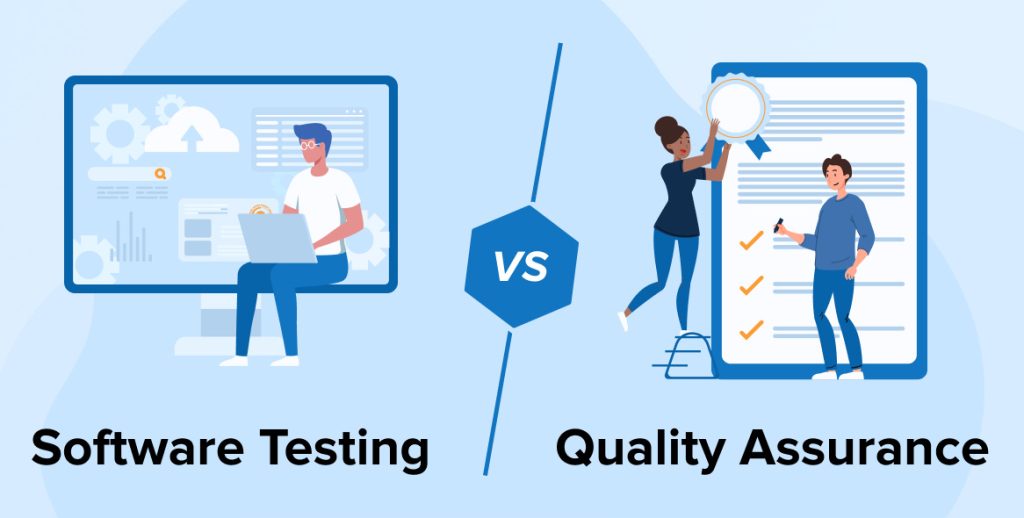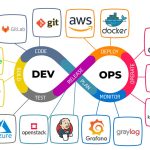Software Testing and Quality Assurance
Description:
Master the strategies to ensure software is reliable, bug-free, and meets business requirements before release. Learn both manual and automated testing.
Learning Objectives:
-
Understand software testing life cycle
-
Write test plans and cases
-
Perform manual and automated testing
-
Use QA tools like Selenium
Detailed Content:
10.1 Introduction to Software Testing
Testing ensures the software works as intended, meets user expectations, and doesn’t have critical bugs.
10.2 Types of Testing
-
Manual Testing: Performed by human testers
-
Automated Testing: Scripts run tests automatically
-
Functional Testing: Tests specific actions and outputs
-
Non-functional Testing: Performance, load, usability testing
10.3 Testing Levels
-
Unit Testing: Test individual components
-
Integration Testing: Test combined components
-
System Testing: Complete application
-
Acceptance Testing: Meets business needs
10.4 Writing Test Cases
-
Clear description of what to test, inputs, expected output
-
Linked to specific requirements
10.5 Bug Tracking and Reporting
-
Bug lifecycle: New > Open > Fixed > Retest > Closed
-
Tools: Jira, Bugzilla
10.6 Automation Tools
-
Selenium for web apps
-
JUnit/TestNG for Java
-
CI/CD tools: Jenkins, GitHub Actions








